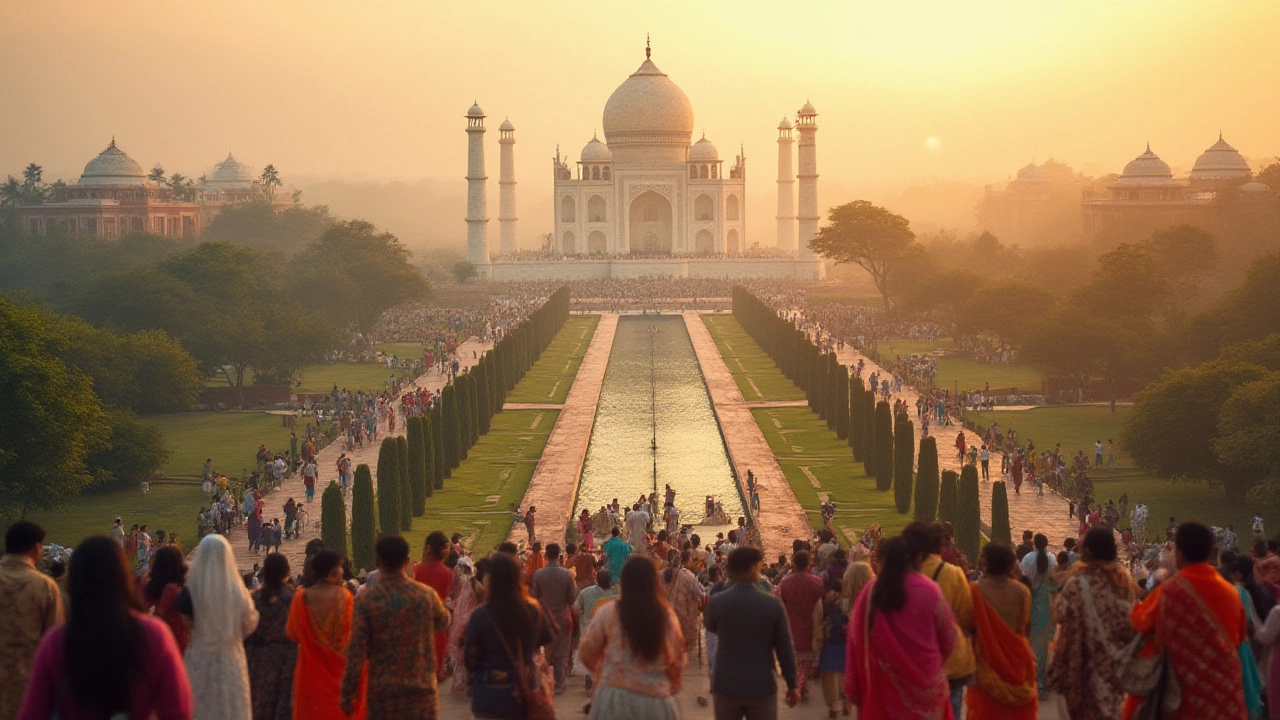Discover Why Varanasi Captivates Travelers Across the Globe
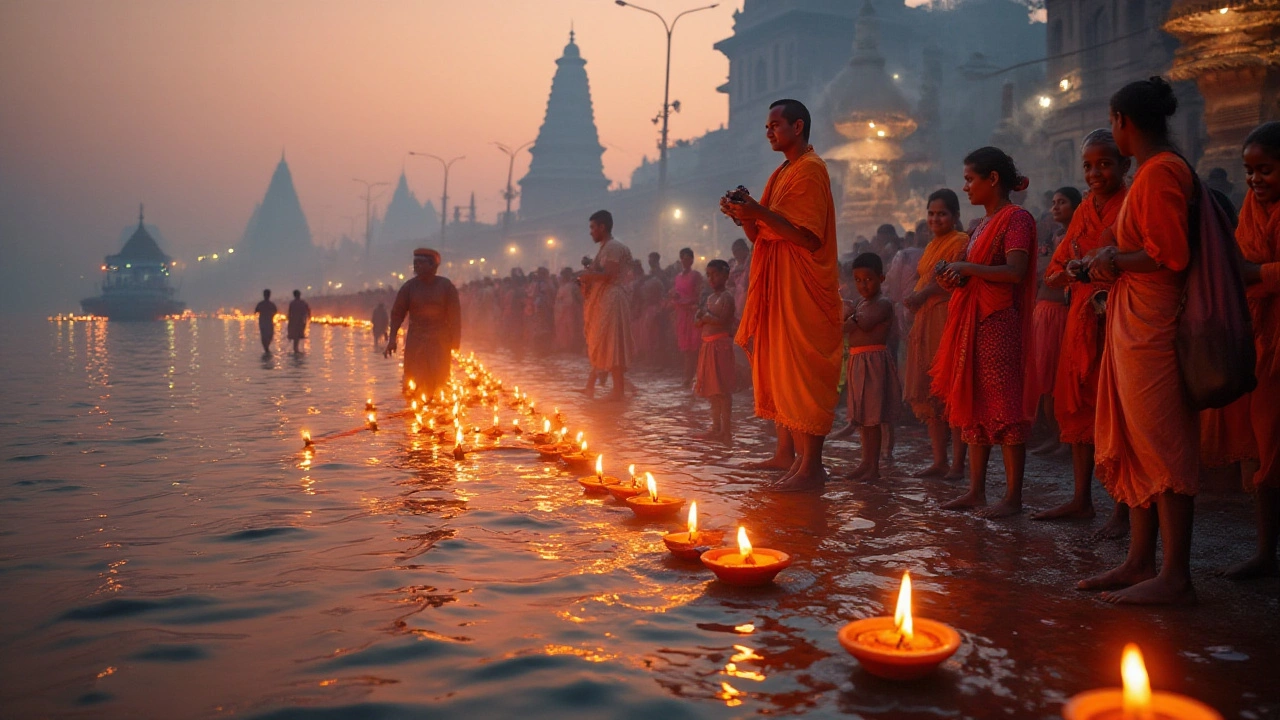
Varanasi, often described as the spiritual heart of India, has long been a beacon for those seeking a deeper understanding of themselves and the world. As one of the oldest continuously inhabited cities on earth, Varanasi offers visitors a living tapestry of history and spirituality.
From its maze-like alleys to the sacred rituals performed on the ghats of the mighty Ganges River, this city has an unmatched energy. It's a place where time feels as though it stands still, allowing travelers to immerse themselves in ancient traditions that still thrive today.
For foreigners, the fascination with Varanasi often begins with its reputation as a center for Hindu spirituality, but it quickly evolves into an appreciation of its rich culture, welcoming locals, and the sense of profound peace they experience amidst its chaos.
- Historical and Spiritual Allure
- The Ghats and Daily Rituals
- Local Culture and Cuisine
- Tips for Foreign Travelers
Historical and Spiritual Allure
Stepping into Varanasi is like stepping into a realm where time intertwines with eternity, making its way into the hearts of those who visit. This ancient city on the banks of the Ganges has been a centerpiece of Hindu spirituality for centuries. Its history dates back over 3,000 years, with legends suggesting it was founded by the deity Lord Shiva himself. Such tales give Varanasi a mystical charm, attracting pilgrims and travelers alike. The city is not just a dot on the map, but a spiritual compass for millions seeking guidance in their lives. Amidst the narrow lanes lined with historic temples, visitors feel a profound connection to the generations who have tread the same path. The buzzing energy of devotees and the aroma of incense burning in the air instantly captivate the senses, welcoming foreigners into a world that celebrates life and death alike.
The significance of Varanasi in Hindu culture cannot be overstated. It is believed that bathing in the holy waters of the Ganges washes away sins, and dying in this sacred city liberates the soul from the cycle of rebirth. This belief alone beckons countless souls from around the world, eager to witness and partake in age-old rituals. The city's spiritual allure extends beyond its ghats, reaching into the interiors of its revered temples. Kashi Vishwanath Temple, for instance, is one of the twelve Jyotirlingas—considered the most sacred abodes of Lord Shiva. As chants of mantras echo through the corridors, visitors often find themselves in a trance-like state, disconnected from worldly worries. Such profound experiences are why many attest that Varanasi holds a mirror to one's soul.
Besides its deeply religious roots, Varanasi has been a hub of knowledge and learning. Historically, it stands as a symbol of India's vibrant cultural heritage, drawing scholars and seekers. The city has been home to luminaries like Kabir, Tulsidas, and even American author Mark Twain, who once remarked,
"Benares is older than history, older than tradition, older even than legend, and looks twice as old as all of them put together."This acknowledgment from a global perspective highlights the city's revered status. Varanasi's educational heritage is also reflected in its ancient scriptures and philosophies still taught today. Foreigners visiting this city often find themselves mesmerized by the harmonious coexistence of its historical grandeur and spiritual depth, making it a unique destination that offers lessons beyond textbooks.
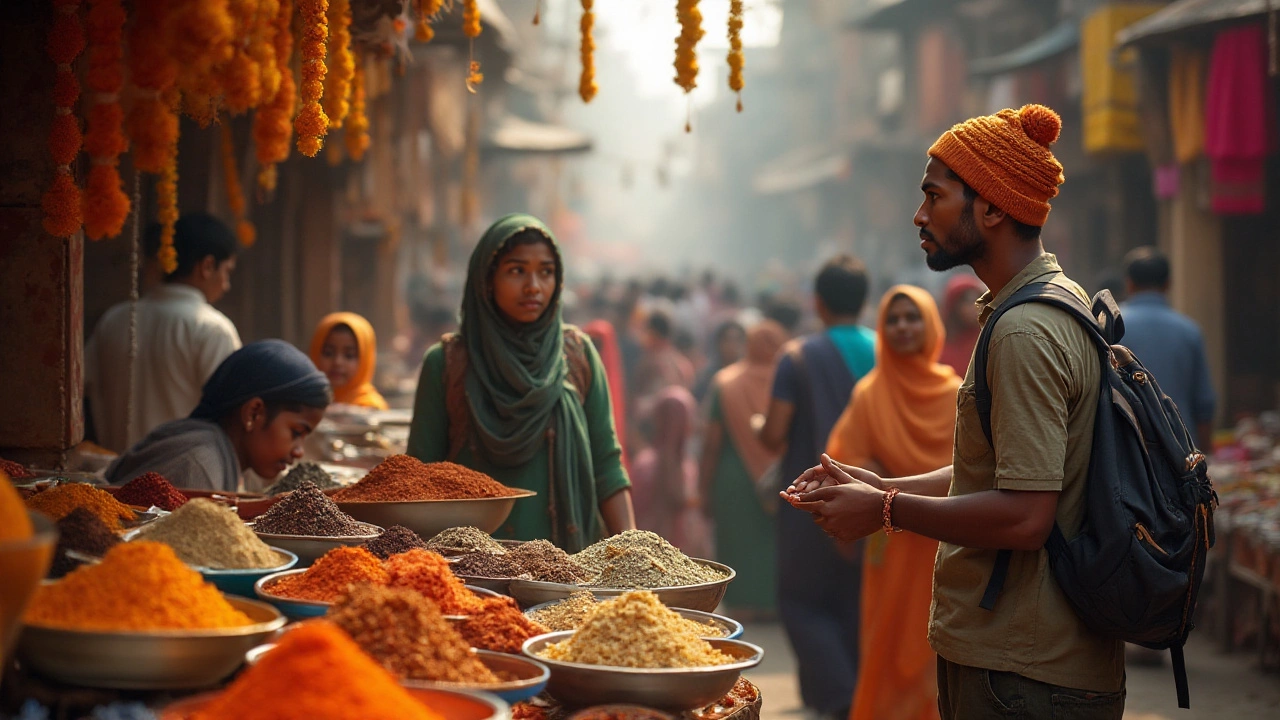
The Ghats and Daily Rituals
The ghats of Varanasi, a series of steps leading down to the River Ganges, mark not just the geographical heart of the city but its spiritual epicenter as well. Each day, as the first light of dawn kisses the waters, the ghats come alive with a kaleidoscope of activity. Pilgrims, both Indian and foreign, gather for their daily ablutions, a ritual believed to cleanse sins and rejuvenate the soul. For many, this experience stands as a profound moment of connection both to the divine and to the centuries-old traditions that continue to pulse through the city.
With an astounding 88 ghats, each holds its own piece of the puzzle. For instance, Dashashwamedh Ghat—perhaps the most famous—is where the spectacular Ganga Aarti takes place every evening. This devotional rite, conducted by priests with synchronized steps and incantations, envelops the ghat in a palpable spiritual ambiance. And yet, for the awe-inspiring reputation it holds, there is equal merit in the quieter ghats like Assi Ghat, where the rhythm of daily life is equally sacred. Foreign tourists, often seen meditating or participating in yoga sessions here, cherish the peaceful contrast to the city's bustling core.
In the mornings, as priests perform 'puja', locals and travelers alike engage in their own routines, whether it's a solitary moment of reflection, a brisk morning walk, or even the vibrant exchanges happening in the small shanties along these sacred steps. Renowned Indian author, Amitabh Kant, once encapsulated this unique microcosm perfectly:
"Varanasi is a mirror of India, and the ghats are its reflection—a place where the ordinary and divine coexist in perpetual harmony."
For those interested in understanding these daily rituals more deeply, engaging local guides or joining a cultural tour can provide insights into the significance and mythology tied to individual ghats. The ghats stand not just as a spiritual gateway, but as an enterprising hub where local artisans line the steps selling everything from trinkets to refreshments, providing a comprehensive view into the daily commerce that sustains the city. It's a tapestry of life where every thread, toil, prayer, and laughter is intricately woven.
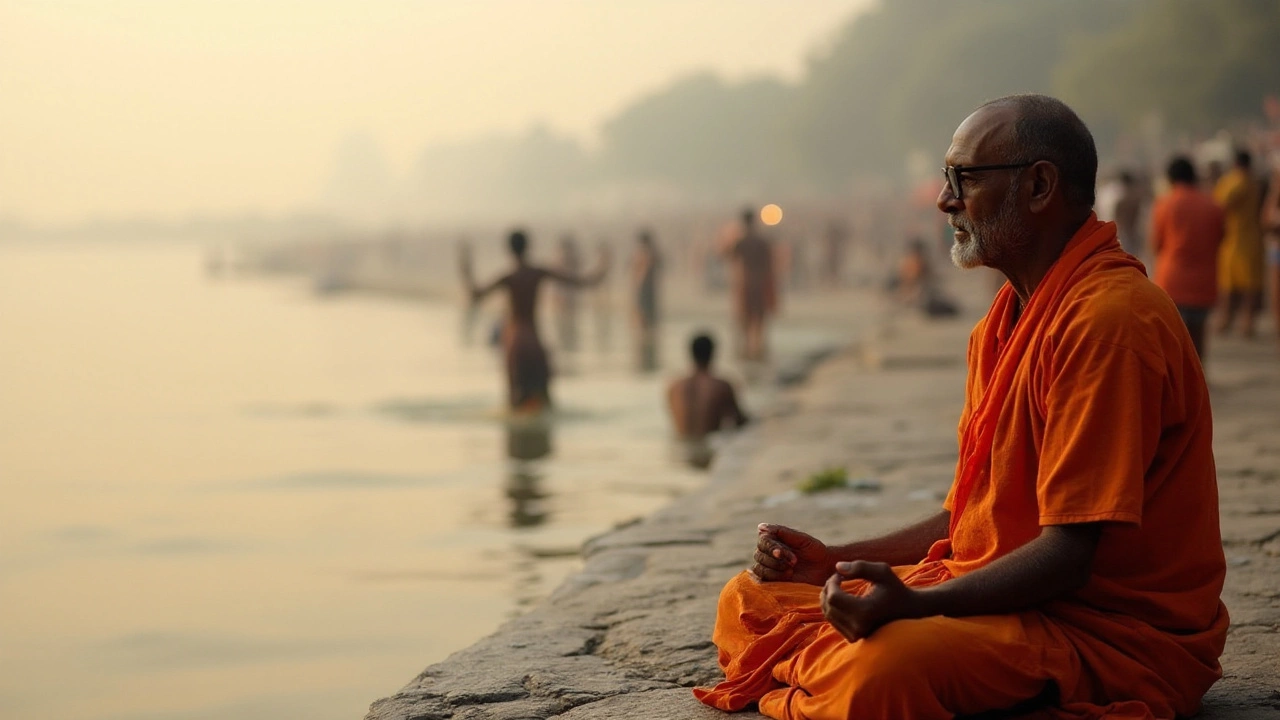
Local Culture and Cuisine
Stepping into Varanasi is akin to being enveloped by a vibrant mosaic of local culture that revels in its age-old traditions while embracing the curiosity of modernity. The city pulsates with a unique blend of spiritual and everyday life, characterized by its festivals, music, and art forms that have been nurtured over centuries. Wander through its narrow alleys and you're likely to encounter the rhythmic beats of tabla or the soulful notes of a sitar, echoing from a modest household or a music school. These auditory elements are as intrinsic to Varanasi as the visual spectacle of its ghats, where both locals and curious foreign tourists gather to witness and partake in the daily rituals. It's often said that in Varanasi, spirituality and culture intertwine seamlessly, offering a profound sense of belonging to those who open their hearts and minds to the experience.
As you delve deeper into Varanasi's cultural landscape, the gastronomical delights it offers are an essential part of the journey. The local cuisine is an eclectic mix that reflects the ethos of the city—simple yet profound, traditional yet adaptable. Street food in Varanasi is not just sustenance but a celebration. Here, even the humble humble kachori, a spicy fried bread, is served with tangy aloo sabzi, creating a delightful explosion of flavors. The city's lassi, a creamy yogurt-based drink, often garnished with a dash of saffron or crushed pistachios, is a must-try for anyone seeking a taste of Varanasi's culinary charm.
"Varanasi, with its majestic temples and tantalizing food stalls, is a feast for the senses," notes renowned chef and traveler Anthony Bourdain. "Every bite of their traditional chaats and sweets tells a story of a city bound by culture and history."
One cannot discuss the local cuisine without mentioning Banarasi paan—a betel leaf wrapped with areca nut and delightful concoctions of sweet flavors. It's not just a palate cleanser but a cultural icon, often shared among friends and family, signifying hospitality and the joy of togetherness. Beyond the vibrant streets, many eateries offer thali, a platter serving multiple dishes, presenting a wholesome spread that mirrors the city's diverse culinary palette. For those adventurous palates, the seasonal delicacies, like malaiyo, a froth-based sweet served exclusively in winters, provide a taste of the city's culinary innovations.
While exploring these culinary delights, foreign visitors might find themselves forming connections, as food here is a universal language bridging the gap between varied backgrounds. The experience of sharing a chai at a roadside stall or a meal at a local family's home becomes a memory etched in the heart, offering stories that go beyond mere sustenance. The people of Varanasi, with their warmth and openness, ensure that these experiences are not just about food but about building relationships.
For travelers eager to immerse themselves in the Varanasi tourism scene, attending a traditional music session or a folk dance performance is a must. The sarangi and tabla melodies, often backed by intricate dance choreography, offer a glimpse into the raw beauty of local art forms. As these cultural experiences unfold, they paint a comprehensive picture of Varanasi as a city that's held within its heart the stories of countless generations, shared through both taste and tune. To truly appreciate what makes this city captivating for foreign tourists, one must not only witness its sights but also savor its sounds and flavors.
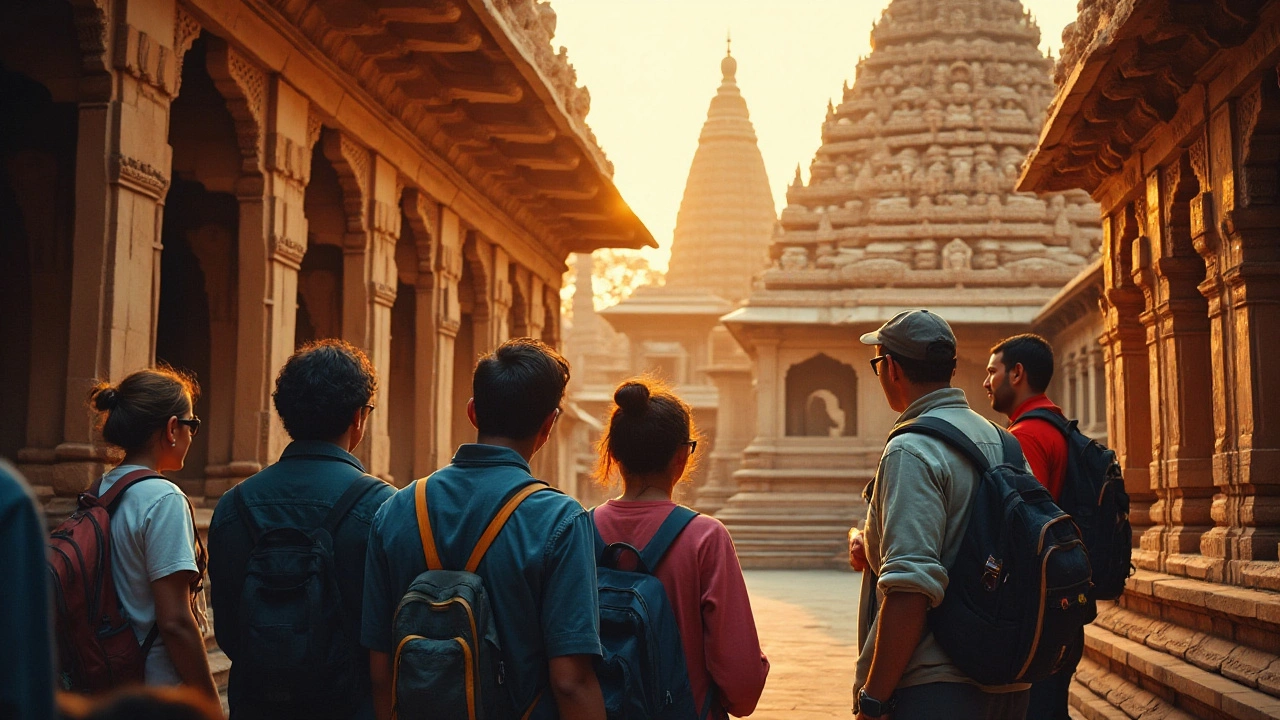
Tips for Foreign Travelers
Traveling to Varanasi can be an exhilarating experience, with its spiritual atmosphere, intricate rituals, and vibrant culture. However, to make the most of this journey, it's important to be prepared for the unique challenges and rewards this city offers. One of the first things to consider is the timing of your visit. The best time to travel is between October and March when the weather is cooler and the festival season is in full swing, offering a plethora of activities and local celebrations. Keep in mind that December and January can get quite chilly, so pack accordingly.
When you arrive, embrace the local customs with respect and openness. Dress modestly, as the traditional culture values conservative attire. Both men and women are advised to cover their arms and legs, particularly when visiting sacred sites. Be prepared for the sensory overload of bustling bazaars, heady aromas, and the continuous flow of pilgrims. One way to ease into the experience is to take a guided tour with a reputable local company, which can provide insights into the rich history and help you navigate the city more comfortably.
Accommodation choices in Varanasi range from luxurious hotels overlooking the Ganges to budget-friendly guesthouses nestled in the old town. Staying near the Ghats can offer an immersive experience, allowing you to witness the mystical rituals from your doorstep. However, be ready for higher noise levels and a mix of travelers and locals. Ensure you book well in advance during the peak season, as lodgings fill up quickly.
Getting around Varanasi can be part of the adventure. Although the labyrinthine streets may seem daunting at first glance, options like auto-rickshaws and cycle rickshaws are readily available. Always negotiate fare prices before your journey begins. It's also worth trying to walk whenever possible, as it allows a more intimate exploration of the city. Though Varanasi's public transport options are limited, the local tempo service can be an affordable way to reach nearby rural areas.
Invest time in understanding the spiritual practices and rituals unique to Varanasi. Observing the aarti ceremonies at the ghats or visiting iconic temples like Kashi Vishwanath can provide profound insights into Hindu beliefs and metaphysical philosophies. A respectful curiosity and willingness to learn can lead to enriching encounters with locals and fellow travelers alike.
"The real voyage of discovery consists not in seeking new landscapes, but in having new eyes." – Marcel Proust
For a memorable culinary experience, indulge your senses with Varanasi's renowned street food like kachori sabzi, tamatar chaat, and the famous Banarasi paan. Remember to drink only bottled or filtered water and choose food items that are cooked fresh to avoid any adverse reactions. Venture into local eateries for authentic flavors, but keep hygiene in mind by observing cleanliness standards.
